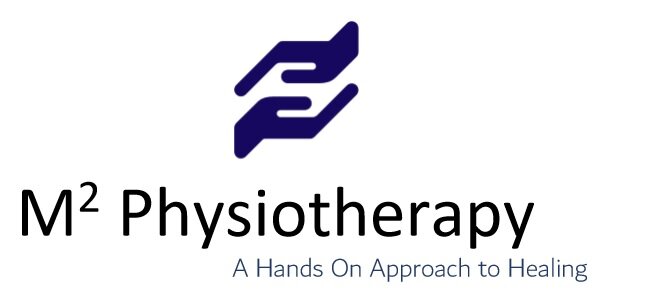TMD Causes
Clenching
Grinding
Traumatic Impact
Whiplash
Stress
Tooth Loss
Malocclusion
Postural Weakness
Anatomical Abnormality
Post Surgical
Post Head/Neck/Oral Cancer
Treament
Trigger Point Release
Myofascial Release
Trigger Point Dry Needling
Joint Mobilization
Muscle Energy Technique
Cross Friction Massage
Positional Release
Neuromuscular re-education
Strengthening
Lymphedema Drainage
Controlled Opening
Ultrasound
Electric Stimulation
Biofeedback
Signs and Symptoms
Popping and Clicking
Ear Pain/Pressure/Fullness
Eye Pain/Pressure
Facial Pain/Swelling
Tooth Pain
Pain with Eating
Pain with Talking/Singing
Difficulty Opening/Closing
Facial Fatigue with Chewing, Talking,
Difficult Pronunciation
Tinnitus
TMD
Temporomandibular joint dysfunction defines a group of conditions that cause pain and/or dysfunction in the joint and muscles attached to and around the jaw. The National Institute of Health estimates around 10 million Americans are affected by TMJ dysfunction, with a four to one female to male ratio. Physiotherapy is an effective way to decrease TMJ pain and improve joint motion.

